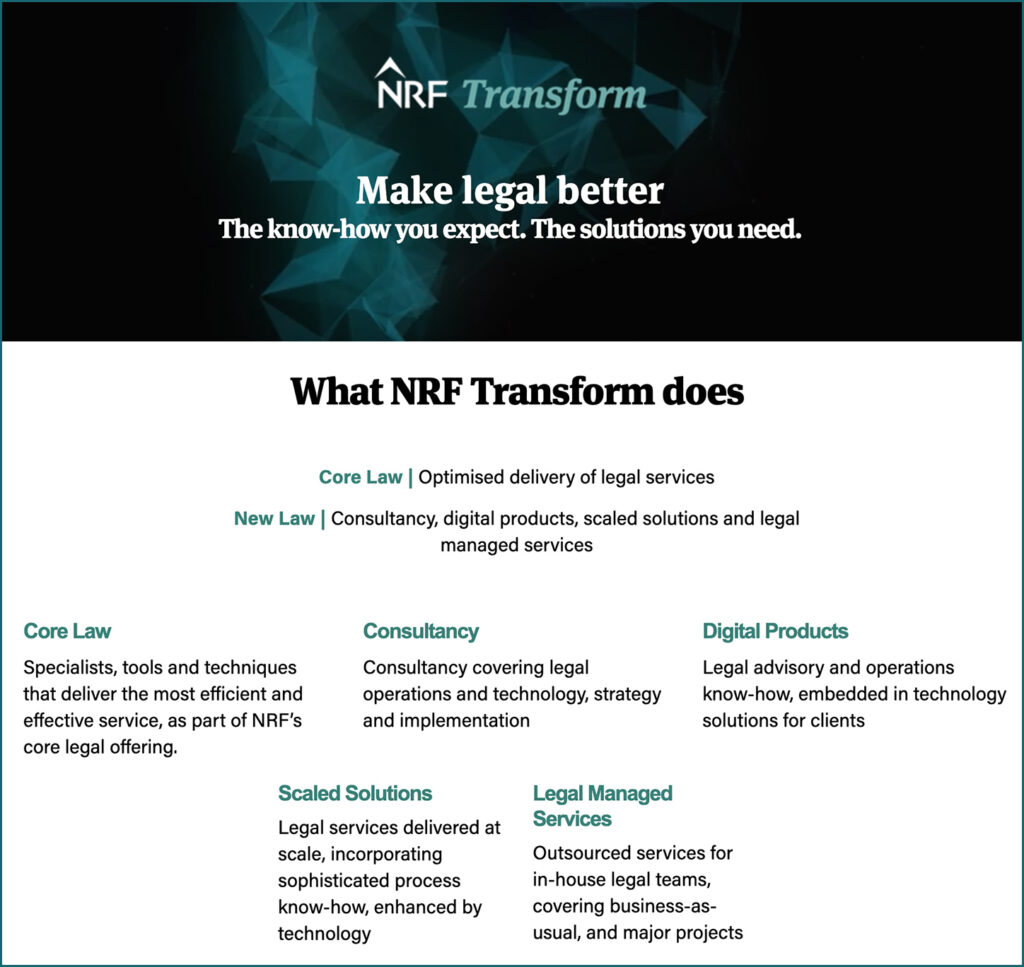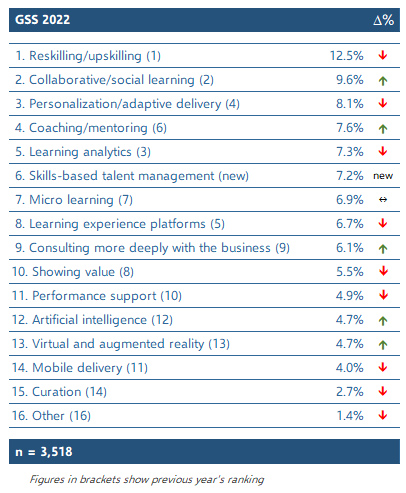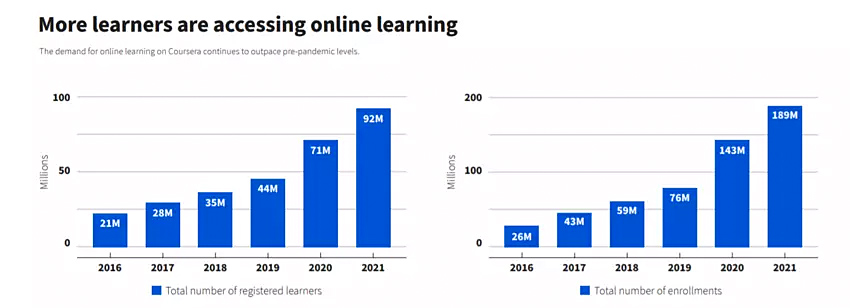State of the Global Workplace: 2022 Report — from gallup.com
This annual report represents the collective voice of the global employee. In this edition, the pandemic and its aftershock continued to disrupt the workplace. Check out the most recent employee data and workplace trends in the State of the Global Workplace: 2022 Report.
Explore Key Findings
The pulse of the global workplace is low, but it’s still beating. Our findings depict a difficult 2021, but leave much room for leaders to ask, “How am I creating a thriving workplace for my employees today?”
- Global engagement and wellbeing trends are stable, but low.
- Employee stress is at a new all-time high.
- South Asian and European workers’ hope declined.
- Here’s the one place the job market recovered.
- Despite challenges, this is the best region to be a worker.
- The global economy loses trillions to low engagement.
Also relevant/see:
Job unhappiness is at a staggering all-time high, according to Gallup — from cnbc.com by Leah Collins
Key Points:
- The job market continues to boom, with millions of workers still leaving their jobs each month despite talk of a slowing economy and recession.
- Also booming, according to Gallup polling, worker disengagement and unhappiness.
- This is not just an HR issue but a bottom line one as well: business units with engaged workers have 23% higher profit, while employees who are not engaged cost the world $7.8 trillion in lost productivity, equal to 11% of global GDP.
The Backlash Against Quiet Quitting Is Getting Loud — from wsj.com by Kathryn DillFollow and Angela YangFollow
First came the viral phenomenon. Now critics are taking to task those who advocate for coasting on the job.
2 years of pandemic, war, and climate crisis have made many Americans rethink work as just ‘silly little jobs’ — from businessinsider.com by Juliana Kaplan
Work smarter, not harder: Gen Z is driving the ‘quiet quitting’ trend — but is it as negative as it seems? Young professionals are weighing in — from linkedin.com by Gianna Prudente
The anti-work movement — from axios.com by Erica Pandey
What’s happening: This is a rebellion against the “rise and grind” ethos.
The rising approach is to work to live, instead of live to work. Don’t leave your job — but focus on fun, fulfilling activities outside of work while staying on the payroll.
Execs anticipate job cuts — from linkedin.com by Joseph Gobran
Excerpt:
Business leaders are seemingly optimistic right now. More than 83% of CEOs are focusing business strategy on growth as just 30% see recession as a serious risk within the next year, according to a recent PwC survey of over 700 executives in the U.S. It’s a cautious optimism — companies are still preparing for economic risks. About 50% of CEOs plan on reducing company headcount and 44% plan on rescinding job offers. Despite potential cuts, 64% of execs said they plan on raising salaries for current employees.













